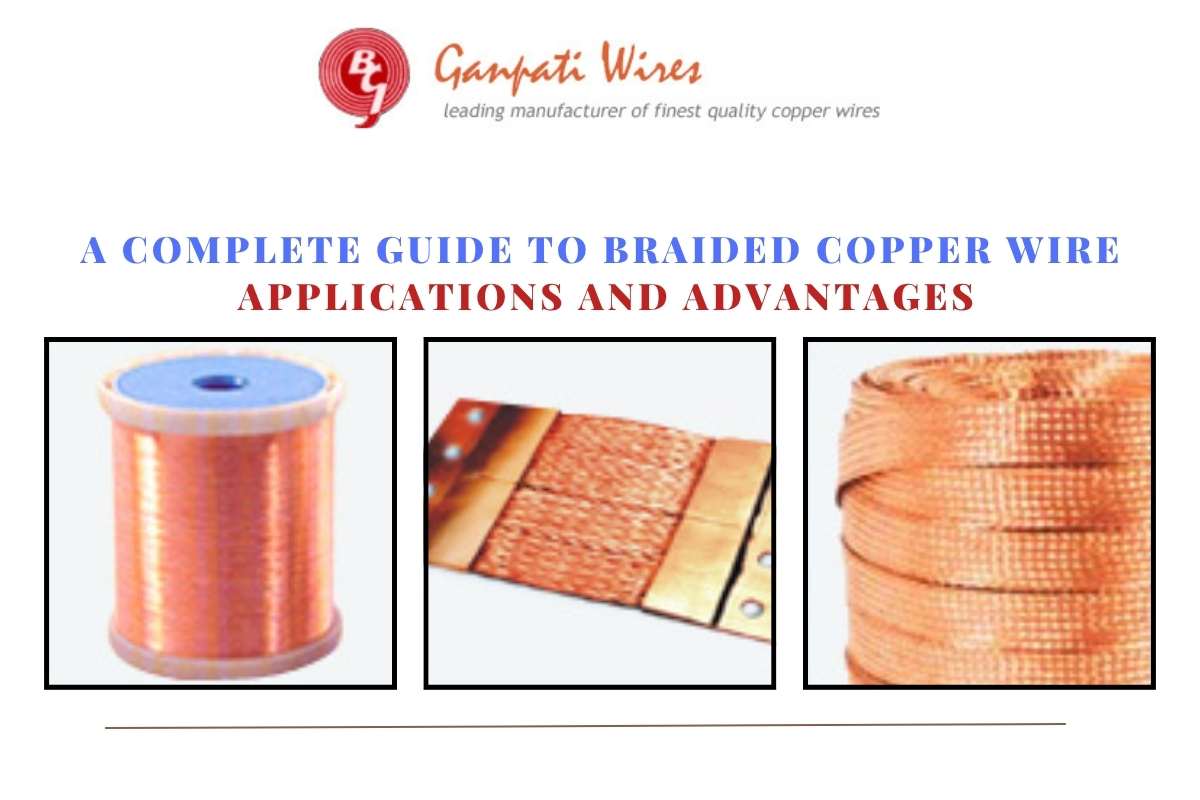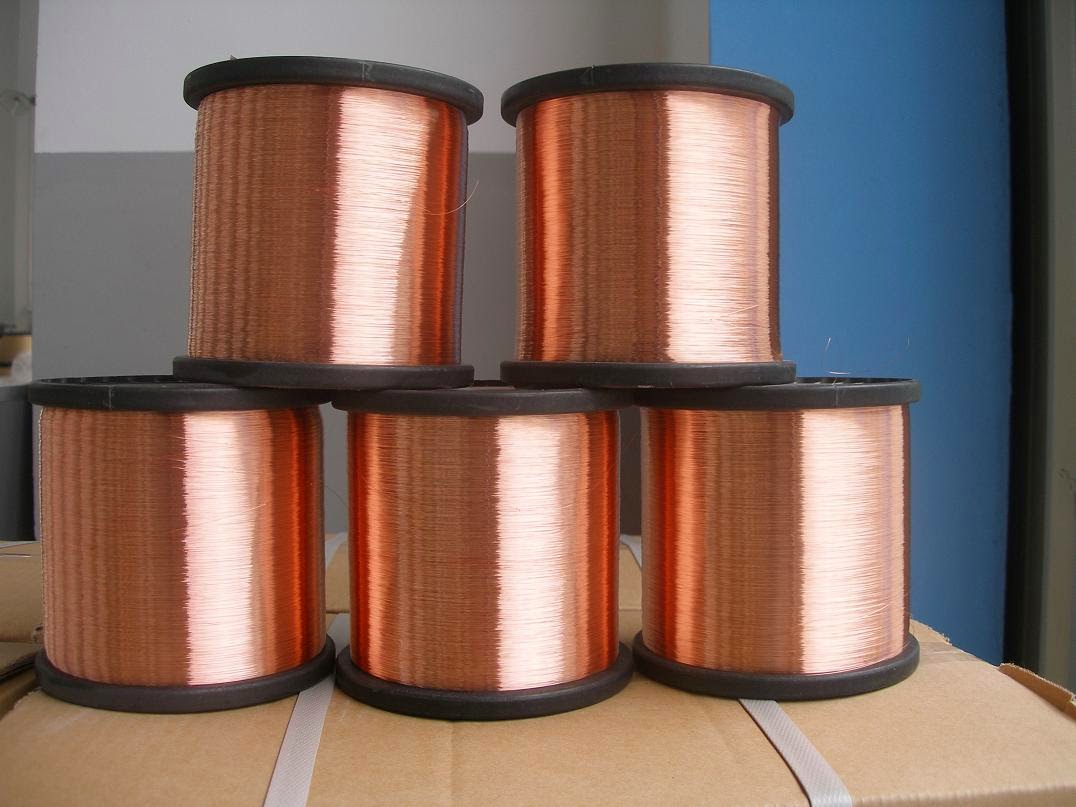Induction Cooking with Copper Coils
What is Induction Cooking?
Induction heating or wherein heat is generated directly in the cooking pot rather than transfer of heat from electric coil or burning flame to the cooking pot is the theory used in case of induction cooking.The vessels used for cooking thus have to be ferromagnetic in property to support the theory of induction cooking. However, any metallic pot can be used, but steel vessels are preferred because of its magnetic properties. The magnetic characteristics of the steel vessel concentrates the induced current in a thin layer near the surface rather than penetrating too far as in case of aluminum vessels, thus making the heating more effective. In addition, in case of aluminum vessels, the induced current also faces certain amount of resistance from the metal. Ferromagnetic pots created especially for the induction cookers are specially designed so that they stick to the magnet.
Where Copper is used in Induction Cookers?
A coil of copper is placed just below the cooking vessel. Alternating Current flows through the coil creating an oscillating magnetic field which induces current in the cooking vessel. This resistive current generates heat which helps in cooking the food. The copper coil placed underneath the surface is made from a wire call the litz wire which is nothing but a bundle of many wires running parallel to each other. The coil has many turns while the bottom of the cookware has only one turn. This setting is that of a transformer which brings down the voltage and increases the current, thus, low voltage current is used to produce this high current. Therefore, an induction cooker is energy efficient while cooking faster a feasible idea.
Advantages of Induction Cooking
Apart from being a faster and energy efficient mode of cooking, it also prevents burn injuries since heat is created in the cooking pot directly and there is no burning flame. Also the heat is not carried on to the air around the vessel, thus making the cooking system more effective.
Another advantage of induction cooking is that since cooking is done by induced current, the cook top can detect when the vessel is not placed or when the boiling is completed and the induction cooker monitors the electricity consumption thus giving a chance to choose minimum boil or switch off automatically when the vessel is removed which saves electricity.
The flameless cooking helps is rapid heating, improved thermal efficiency, and increased heat consistency while providing control like the traditional stoves. Also, the user can sit and operate the induction cooker in the comfort of fan and air conditioner. Cleaning and maintenance of induction cookers are easy since it is flat and secondly because the surface does not get heated the spilled food do not burn.
Limitations of Induction Cooking
The choices of cookware are very important in case of induction cooking. Glass and ceramic vessels cannot be used. Also solid copper and aluminum cookware can not be used effectively. Flat bottom cookware needs to be used for optimum results. Aluminum foil can cause permanent damage to the glass ceramic top of the induction cooker. The induction oven can be noisy due to the cooling fan placed inside. People with implanted pacemakers or other electronic medical implants may be advised to stay away from the induction oven. Radio receivers also should be placed away from the cooker since it can pick up some electromagnetic interference.


.jpg)

Comments
Post a Comment